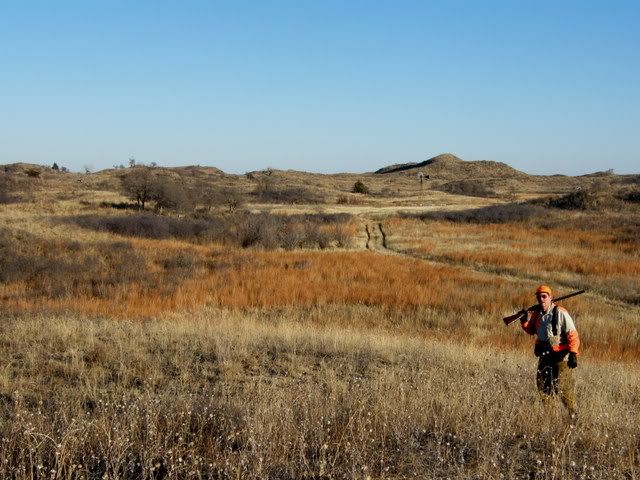vagrousehunter
New member
I grew up quail hunting in the Commonwealth of Virginia , hunting behind Setters with my dad. The quail pretty much disappeared 25 years ago so I became primarily a grouse hunter. Anyway, I've been out to the Midwest a few times in pursuit of pheasants but this year I'm going to try a late-season quail hunt in Oklahoma. I've already pinpointed the area that I want to hunt(Woodward) but I really am not sure what to look for in terms of types of cover. Things are a lot different out there than back East and I'd like to spend as much time as possible in productive covers. Any info would be greatly appreciated.

